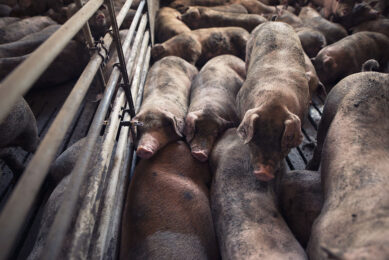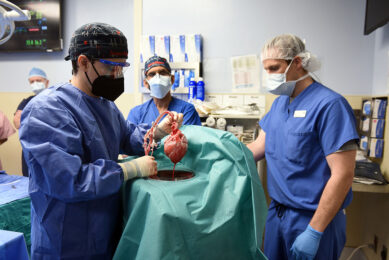US hog farm requirements challenged
North Carolina, the US’s second largest hog producing state behind Iowa, could rebuild after a natural disaster or change operations without having to follow decade-old distance requirements from homes or schools in legislation approved by a Senate committee.
Swine houses built before the mid-1990s are exempt from buffer requirements, approved in landmark hog legislation in 1996 after some high-profile animal waste spills. Now the hog industry wants to remain exempt if new construction is performed in narrow circumstances.
Sen. Charlie Albertson, the bill’s chief proponent, said the bill would help livestock operations effected by the skyrocketing cost of feed and fuel, and a glut in the number of sows.
The current law requires swine houses built before July 1995 to stay at least 2,500 feet from schools, 1,500 feet from any residence and 500 feet from any property boundary.
The measure won’t change current restrictions on hog lagoons or allow farmers to expand the number of head of livestock on individual farms.
The setback exception also would apply when the farmer wants to adapt the swine house to a different operation, such as from raising sows to keeping older pigs before they are taken to market.
The setback exception also would apply when the farmer wants to adapt the swine house to a different operation, such as from raising sows to keeping older pigs before they are taken to market.
Other swine houses need more room for pregnant sows, which historically have been kept in stalls or crates, which animal rights activists have criticised as inhumane. Extending the exception would give older farmers the right to re-build indefinitely and take neighbours out of the approval process, environmentalists said.











